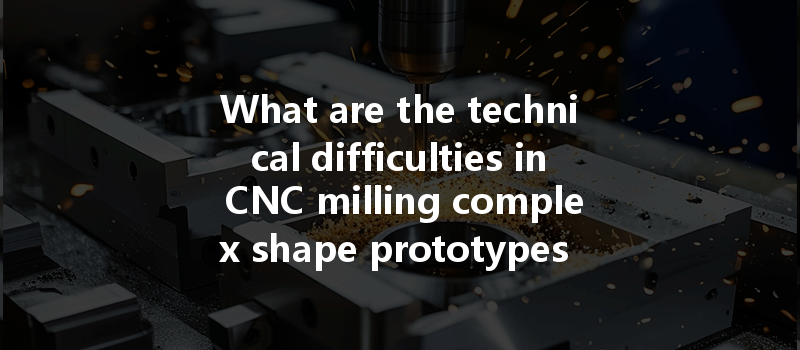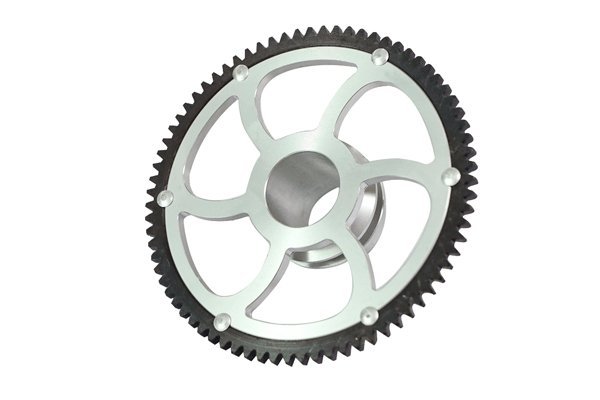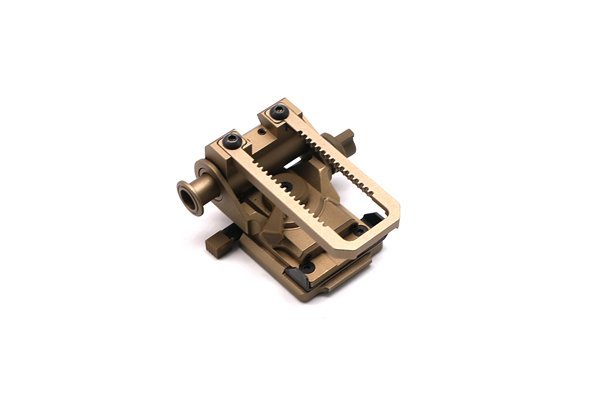Did you know that CNC (Computer Numerical Control) milling accounts for approximately 75% of machining processes used in manufacturing today? It’s a labor-intensive, precision-demanding process that’s essential for producing detailed components across industries. From aerospace to automotive, the ability to create complex shape prototypes with high precision is paramount. However, CNC milling of complex shapes presents numerous challenges that can significantly impact production efficiency, cost, and product quality.
In this blog, we will delve into the most pressing technical difficulties faced during CNC milling of complex shapes. We will explore the reasons behind these difficulties and provide detailed solutions to overcome them, enabling manufacturers to enhance their processes and deliver higher-quality prototypes.
Understanding CNC Milling
CNC milling is a computer-controlled process that utilizes rotating cutters to remove material from a workpiece. This technique allows for the production of intricate designs that traditional machining methods may struggle to achieve. The degree of precision, flexibility, and efficiency that CNC milling offers has made it a staple in modern manufacturing.
Complex shape prototypes are often designed to meet specific functionality requirements or aesthetic appeal. However, producing these intricate designs can be fraught with technical challenges. Let’s explore these challenges in greater detail.
Common Technical Difficulties in CNC Milling of Complex Shapes
The first major challenge in CNC milling is managing the complexity of the tool paths required to cut intricate shapes. Complex geometries often lead to intricate and convoluted tool paths that can increase machining time and risk errors.
Solution: Using advanced CNC software can significantly simplify tool path generation. Software that employs algorithms specifically designed for optimizing complex shapes can reduce machining time and improve precision. Furthermore, simulation tools can predict potential issues before actual milling, allowing for adjustments in the design phase.
Achieving the optimal material removal rate can be problematic when milling complex shapes. If the MRR is not optimized, it could lead to overheating, excessive wear on the tools, and ultimately damage the workpiece.
Solution: Employing advanced cutting tools and techniques such as adaptive milling can greatly enhance MRR. Employing techniques like trochoidal milling, where the tool moves in a circular pattern, prevents tool overload and improves cooling, leading to longer tool life and enhanced material removal.
The limitations of the CNC machine itself can hinder the ability to mill complex shapes. Machines that lack sufficient rigidity and stability may lead to vibration, resulting in poor surface finish and dimensional inaccuracies.
Solution: Regular maintenance and calibration of CNC machines help ensure optimal operation. Furthermore, investing in advanced machines with higher rigidity and precision is recommended for complex milling operations. A machine that features multi-axis capabilities allows for more flexibility in milling complex shapes, reducing the need for multiple setups.
Tool wear is a significant concern in CNC milling, especially with complex shapes that require prolonged machining time. Inconsistent tool wear can lead to discrepancies in the dimensional accuracy of the final product.
Solution: Implementing a robust tool management program that includes tool wear monitoring systems can help detect wear patterns and allow for preemptive tool changes. Additionally, using high-performance cutting materials such as carbide or ceramic tools can tolerate higher temperature thresholds, extending tool life.
Properly holding and securing a complex-shaped workpiece during machining is crucial. Inadequate fixturing can result in movement during milling, leading to poor quality results.

Solution: Utilizing custom-made fixtures and clamps designed for specific complex shapes can provide better security and stability during CNC milling. Furthermore, employing methods like vacuum fixturing can minimize movement, significantly increasing accuracy.
Milling complex shapes can generate significant heat, which can adversely affect both the tool and the workpiece. Excessive heat can lead to thermal distortion of the material and degrade the tool prematurely.
Solution: Effective cooling strategies such as flood cooling or mist coolant systems can reduce heat generation significantly. Additionally, optimizing cutting speeds and feeds will help manage the temperature during machining.
Achieving the desired surface finish on complex shapes can be challenging. Poor surface finish not only affects aesthetics but can also impact the performance of the manufactured part.
Solution: Fine-tuning cutting parameters and using appropriate finishing tools designed for achieving superior surface finishes can help overcome this challenge. Implementing post-processing methods, such as polishing or vibratory finishing, can also enhance surface quality.
Maintaining tight tolerances on complex shapes can be one of the most daunting tasks in CNC milling. Inaccuracies can arise from spacing mistakes and tool wear over time.
Solution: Accurate measurement systems such as laser measurement or 3D scanning can verify dimensional accuracy. Additionally, frequent adjustments based on feedback from measurement data can help maintain tighter tolerances throughout the milling process.
Complexity in programming for CNC machines can pose a significant barrier, particularly when dealing with intricate designs. Incorrect programming can lead to machining errors or extended machining time.
Solution: Educating CNC operators and programmers in the intricacies of CAD/CAM (Computer-Aided Design / Computer-Aided Manufacturing) software is paramount. Regular training workshops on the latest software updates and best practices can lead to improved efficiency and reduced error rates.
Lastly, managing waste and adhering to environmental regulations is crucial in CNC milling. The processing of materials can generate significant waste and emissions.
Solution: Implementing waste reduction strategies, such as recycling scrap material and using environmentally friendly coolant options, can improve sustainability in CNC operations. Additionally, staying updated on regulatory guidelines ensures compliance and enhances corporate responsibility.
CNC milling of complex shape prototypes embodies both profound opportunities and notable challenges. Understanding the technical difficulties and integrating practical solutions is essential for maximizing the benefits of CNC machining. By employing advanced tools, optimizing processes, and providing adequate training, manufacturers can navigate these challenges effectively.
In conclusion, solving the technical difficulties associated with CNC milling is not just about improving production efficiency. It’s about enhancing product quality, reducing costs, and meeting customer expectations in an increasingly competitive marketplace. As industries evolve, prioritizing the overcoming of these challenges ensures sustained success and innovation in CNC machining processes.
Remember, the intricacies of CNC milling can either be a stumbling block or a stepping stone toward excellence. Investing time and resources in addressing these challenges will pay off in the long run.






